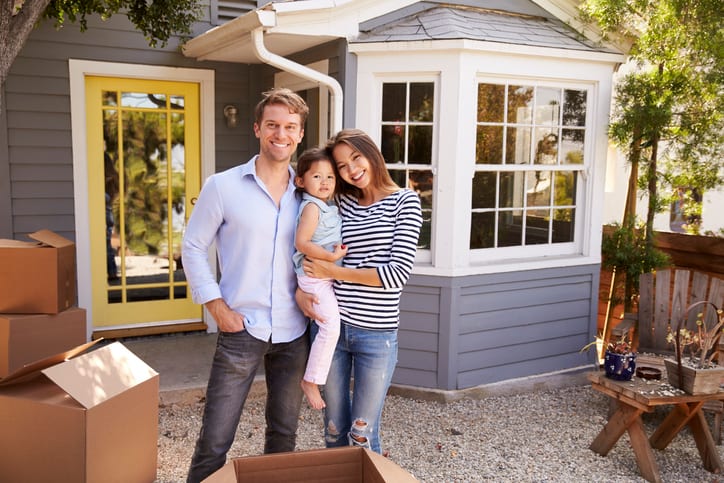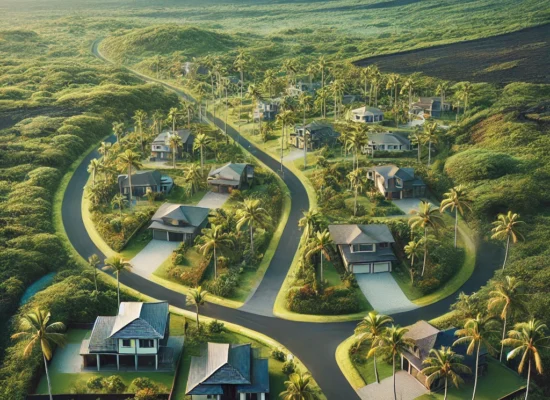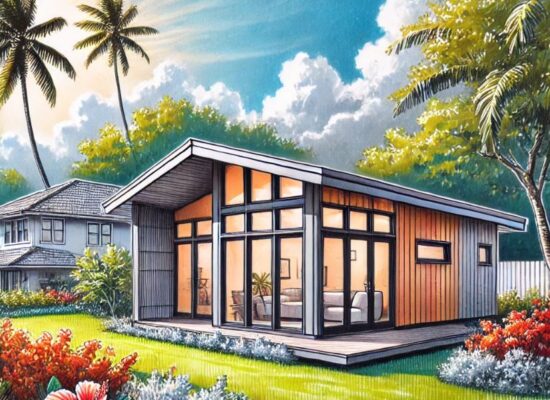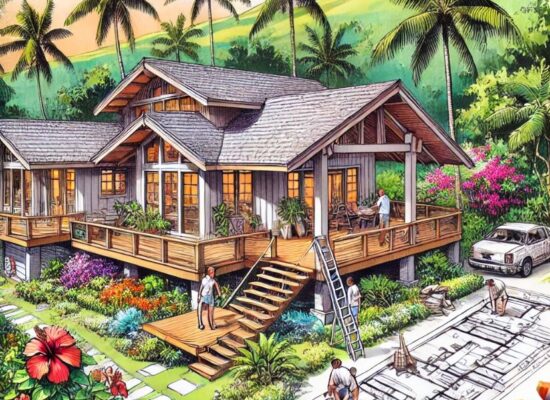- How to Optimize Space In Your New ADU
- Just How Big is a 400 sq ft ADU?
- What is an Accessory Dwelling Unit?
- What’s the 411 with Hawaii ADUs?
- What’s the 411 with Hawaii ADU’s: The FAQs Continued
- The Benefits of Building an ADU on Your Property
- Why Are ADUs So Important in Hawaii?
- Why ADUs Make Financial Sense
- Six Questions to Ask Yourself Before You Build an ADU in Hawaii
- The 9 Basic Requirements for Building an ADU in Hawaii
- Retirement Downsizing in Place with an Accessible ADU
Housing affordability has long been an issue on Oahu. The challenge remains, according to the 2017 Housing Affordability Table compiled by the Joint Center for Housing Studies at Harvard University. According to the table, urban Honolulu is the 54th largest metro area in the country but has the most expensive single-family homes.
Honolulu Leads Top 100 Cities
In fact, only 19.6 percent of all households can afford the housing costs associated with the median selling price of $707,100. And, just 9.0 percent of renter households could afford to purchase a home at the median selling price. That is the lowest percentage of any of America’s top 100 metropolitan markets. Only greater Los Angeles and California’s Bay Area come close. Just 12.4 percent of Los Angeles renters would be able to afford the median selling price in that market. In the Bay Area, including San Francisco and Oakland, 13.6 percent of renters have the income to purchase a home at the median selling price.
Recession’s Impact
Following the recession of 2008, new construction dropped precipitously in Hawaii. One year later, only 6,000 housing units (including condos and single-family units) were sold in Honolulu County. Since then, sales have rebounded, but they are still nowhere near the boom years of 2003-2005.
Certainly, more work remains to be done. Today’s $700,000+ median selling price of a single-family residence is more than double the median selling price recorded for 2000.
Many people who cannot afford such prices will still need housing. In a report entitled “Measuring Housing Demand in Hawaii 2015-2025,” it is estimated that Hawaii will need another 64,700 to 66,000 housing units between 2015 and 2025. At the same time, the report states, “Wages and incomes have not been growing as fast as housing prices, making it harder to afford real estate in Hawaii, especially for younger and lower-income households”.
Ohana Units Help Somewhat
In the late 1980’s, the ohana unit first addressed some of the state’s affordable housing needs. However, the impact was somewhat muted because only relatives of those residing in the primary residence can occupy these units. Nonetheless, they are great for multi-generational households. Ohana units are often occupied by adult children of homeowners or seniors in the family, and they must be physically attached to the primary residence. The location is fairly flexible because they are possible in agricultural, country and residential districts, although they are prohibited in areas zoned R-3.5.
ADUs to the Rescue
In 2015, Honolulu introduced accessory dwelling units (ADUs) to further address the shortage of affordable housing. Given the statistics noted above, the future of accessory dwelling units (ADUs) appears bright. ADUs offer local governments some of the advantages of duplexes, but at a lower cost. Both types of dwellings increase housing density without putting an undue strain on infrastructures like sewer, water, and roads. In particular, these units tend to spread out across metro areas like Honolulu. And, governments can refuse an ADU permit if the construction will unduly strain existing infrastructure.
ADUs are not just a Hawaiian phenomenon. According to Hawaii Appleseed, they have been used to address shortages of affordable housing in across the continental U.S. as well, from Lexington, Massachusetts on the East Coast to Portland, Oregon, and Santa Cruz, California, on the West Coast.
Qualifying homeowners renting out ADUs find they can generate a new and valuable revenue stream. ADUs can increase the overall value of the property, aiding asset accumulation in the process. If there is eventually a decision to sell the property, the seller may find that some prospective buyers value the ADU for the same reasons.
Owner Built Design LLC is your source for residential design, engineering and permit processing on the island of Oahu. I bring three decades of local experience to my work on behalf of homeowners and owner-builders. To better determine if the construction of an ADUis right for you, please contact me today.
 Copyright secured by Digiprove
Copyright secured by Digiprove 



